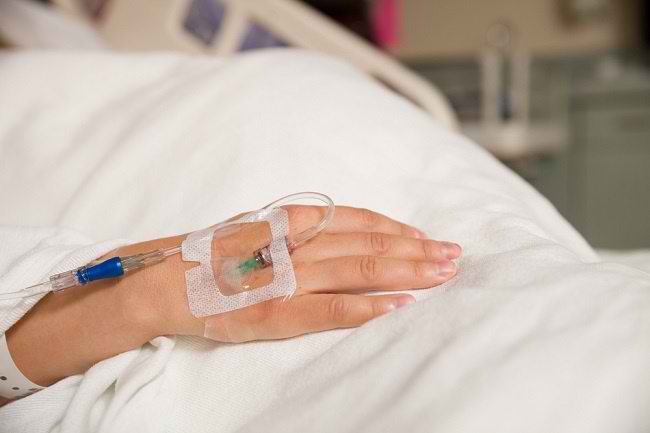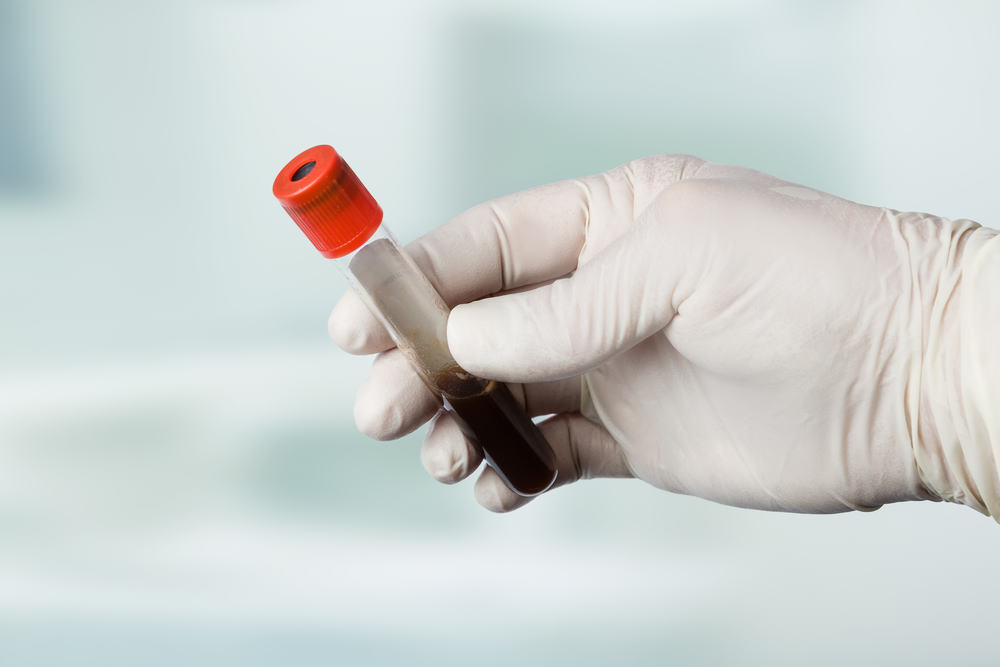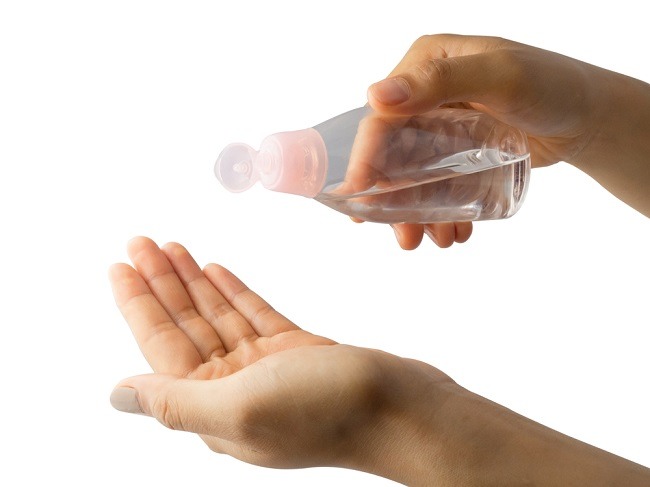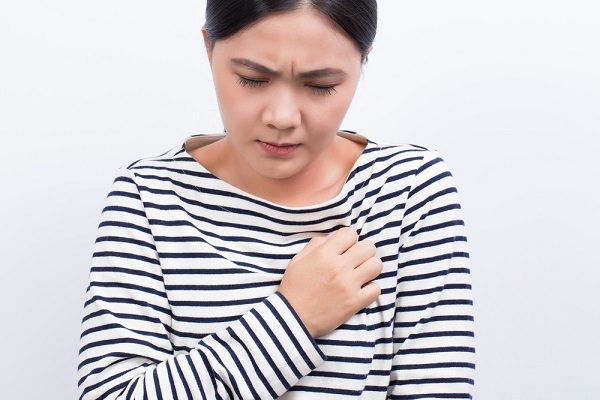An oxygen concentrator is a medical aid used in oxygen therapy. This therapy is given to people who have difficulty breathing or are unable to get their own oxygen due to an illness, such as pneumonia, asthma, heart failure, or COVID-19.
Oxygen concentrators work by capturing air in the room into the engine. Inside the engine, the air will be filtered until leaving only oxygen. Oxygen is then channeled using a tube to be inhaled through the nose or inserted directly into the throat.

When compared with oxygen cylinders, the price of oxygen concentrators is relatively more affordable. In addition, the oxygen concentrator also does not need to be refilled.
Types of Oxygen Concentrator
In general, there are two types of oxygen concentrators that are most often used, namely:
Ordinary oxygen concentrator
Oxygen concentrators are usually used with the help of electricity or batteries. It weighs about 23 kg and usually has wheels for easy portability. If you have a regular oxygen concentrator, it is recommended that you have a backup oxygen source. In the event of a power outage, ordinary oxygen concentrators cannot be used.
Portable oxygen concentrator
Portable oxygen concentrators weigh 1–9 kg making them easy to carry anywhere. This type of medical device can also be activated using electricity or batteries.
Things to Pay Attention to When Using an Oxygen Concentrator
Currently, many oxygen concentrators are sold freely. However, the use of this medical device should and should only be used on the advice of a doctor.
Oxygen concentrators have indeed been suggested for oxygen therapy for COVID-19 patients, with the ability to deliver oxygen between 5-10 liters per minute.
However, using an oxygen concentrator without a doctor's advice can cause serious problems, such as oxygen poisoning from inhaling too much oxygen.
In addition to having to go through a doctor's approval, there are several things that need to be considered when using an oxygen concentrator, namely:
- Avoid using the oxygen concentrator near a blazing fire or while smoking.
- Place the oxygen concentrator in an open space so that the engine does not overheat (overheating) and makes the tool fail to work.
- Avoid placing any objects near the oxygen concentrator so as not to block air from entering the engine and affect the performance of the tool.
- Check the oxygen concentrator periodically to make sure it is working properly or if it is damaged.
If you or your family suffer from COVID-19 or other respiratory problems and require an oxygen concentrator as a breathing apparatus, consult your doctor first.
The doctor will examine you or your family's condition to determine how much oxygen you need and how long the oxygen concentrator should be on. Avoid making changes to the oxygen concentrator yourself, as this poses a risk of health problems.
If there is a change in breathing or oxygen levels after using the oxygen concentrator, consult your doctor again so that the doctor can adjust the device according to your condition.









